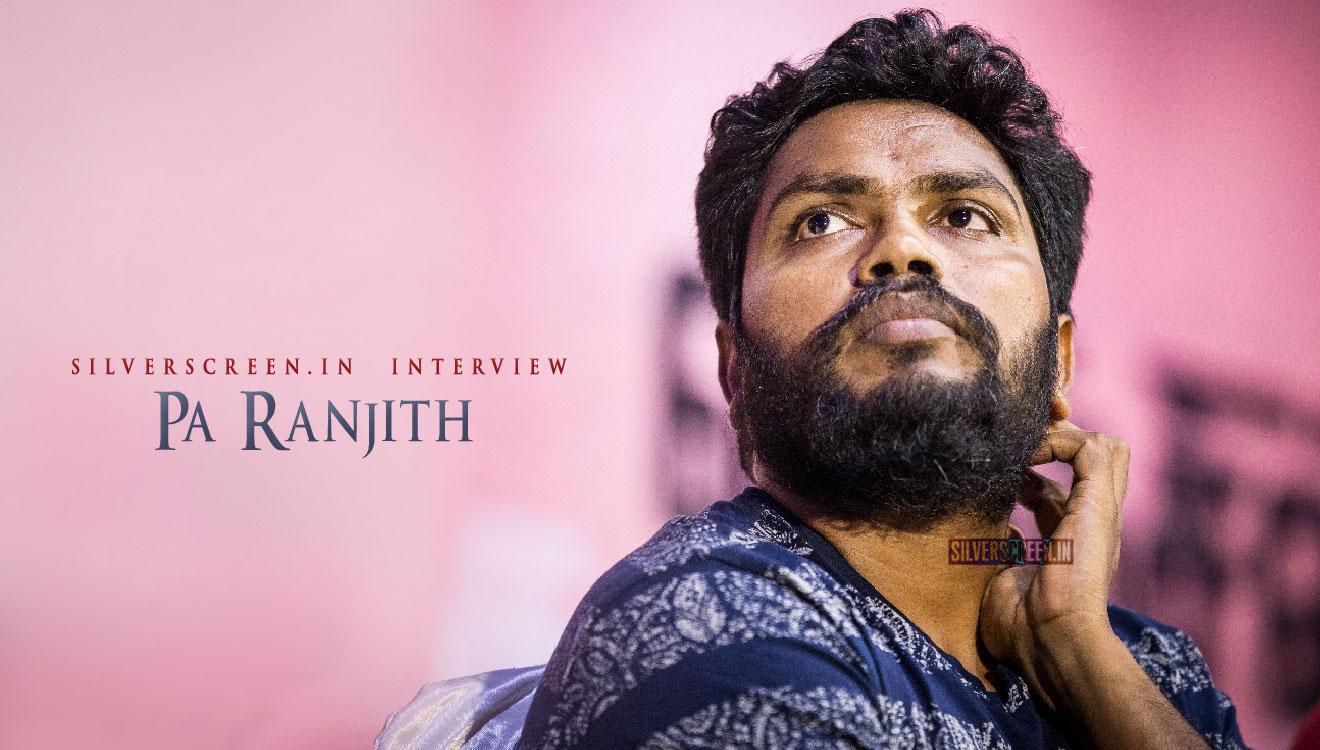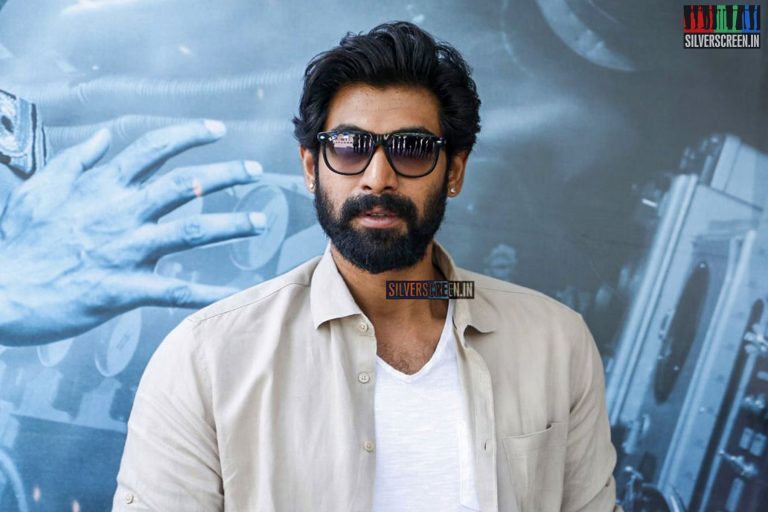If last year’s dominant theme was that of women wielding choice – Magalir Mattum, Aruvi, Adhe Kangal – 2018 focused on dismantling power structures across various social spheres, and also managed to further the subtle shift in gender grammar that was set in motion on screen last year. The films that arrived from Pa Ranjith’s stables – one a directorial, and the other a production – sought to highlight the divisive emotions that course through the society borne out of caste and economic discrimination (credit to Pariyerum Perumal’s director Mari Selvaraj too, of course). Ranjith also single-handedly directed the narrative that consumed and surrounded cinema into those that were more of individual think-pieces mounted on the visual medium. While it was a fitting retort to detractors, it also ironically empowered not just the creators themselves, but the medium which was until then reduced to a form of vapid entertainment shorn of any and all sensitivity.
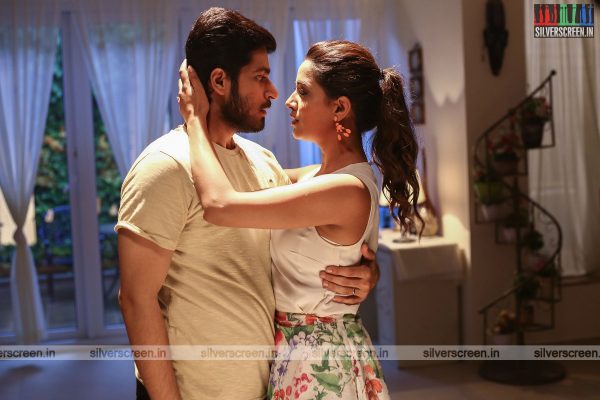
Other noteworthy films this year that didn’t make it to the list because of thematic inconsistencies were Pyaar Prema Kaadhal and Seethakaathi. Pyaar Prema Kaadhal had at its centre a couple who represented a huge population of young folk who vacillate between different realities: one that belongs to them, pro-choice and wholly liberating, and the regressive, repressive other that they have to return home to.
PPK also had an overarching idea that tied liberal values to economic conditions, a woman who seemed well in control of her life, her career, her body and the decisions she made with it, and a man who was not quite there yet but evolved over the course of the film. While the romance was superficial at best, the relationship was quite non-conformist (by Tamil cinema standards) and entirely real – not the authenticity that male directors often think they are lending female characterisations, but one that actually seemed to be sketched from a woman’s perspective. The film turned a little apologist towards the end though, defensively propping up class markers for the seemingly radical concepts it presents.
The other contender for our list that made it in even before it could hit theatres, but had to be moved out post release was Balaji Tharaneetharan’s Seethakaathi. A conceptually brilliant film that was both a tribute to theatre and its artistes and a tongue-in-cheek commentary on the state of cinema as it exists today, only a few of its ideas survived and lived the paper-to-screen transition.
Our top 9:
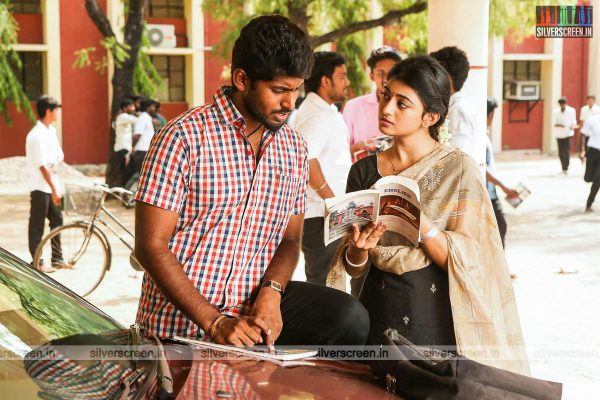
1. Pariyerum Perumal
It may have been Pa Ranjith’s production, and not his brainchild, but Pariyerum Perumal is nevertheless representative of the cinematic idiom that Ranjith as a filmmaker employs in his creations. Director Mari Selvaraj intersperses the personal with the political in this feature that traces the life of a young man who isn’t cognisant of the fractured social structures around him and experiences a brutal awakening when he moves out of home to attend college. It makes for a poignant coming-of-age tale, one where his identity is often called into question and influences his life in ways he’d never imagined. His relationship with a fellow classmate from the upper echelons of society [caste and economy], her thoughts and outlook are propped up as a kind of contrast to his existence. Both of them are portrayed to be oblivious to the conditions of their birth, strike an instant bond; but as they teeter over the edge of friendship and find themselves more drawn to each other than ever, they realise they hold different ends of the relationship; one has the rose, and the other, thorns. All through the film, the murder of a black dog that Pariyerum Perumal opens with, is displayed as a metaphor for caste oppression and violence.

2. Kaala
It’s definitely no coincidence that Pa Ranjith named his film after a shade that has a connotation rooted in oppression and caste-borne violence. It’s also no wonder that colours form an integral part of the frames in Kaala; the white and black subverted, stripped of their implications and lent new meaning to. When the film ends, an explosion of colour leaves traces on everything it touches, especially the white. Make of it what you will, or it is perhaps just a visual interpretation of what Ranjith intends to do with his cinema. In Kaala, he also plays with the Ramayana; not directly, but uses it as a subtle layer to his villain. These themes are woven around a tale of people whose identity is tied to the land they live in – which is soon threatened by a power centre that tries to dictate their terms of living. Who better to front a war for the masses than Rajinikanth himself, champion of the subaltern, and already Ranjith-tested? Also, it’s never easy to displace a certain linguistic population on screen and try to root them in a space that even when not ethnically different, is alien to the senses. Kaala is set in Mumbai’s Dharavi, but Ranjith bridges the gap by surrounding his lead with characters that brim with Tamil nativity that the landscape soon becomes familiar. The film’s strong female leads – Eswari Rao and Huma Qureshi – are a delight to watch. So are their individual romances.
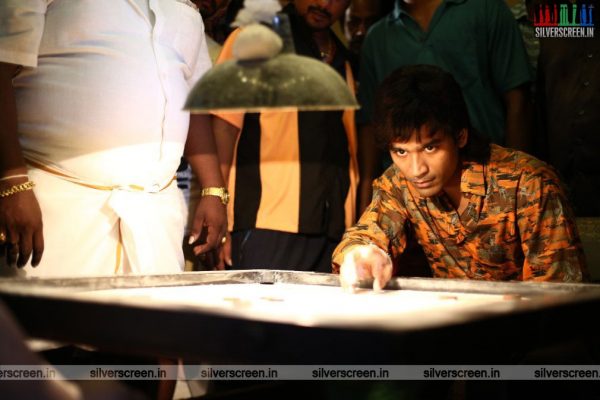
3. Vada Chennai
For a gangster drama, one that involves land wars, Vada Chennai has a lot of heart. Blame it on Aishwarya Rajesh whose turn in the initial portions as the feisty Padma blends so well into the world that Vetrimaaran creates that it comes as a disappointment when she marries Dhanush and becomes inconsequential. Nevertheless, her presence is more to home in the tale in a certain suburb of the city that brims with character. Dhanush, who returns to a role that betrays a semblance of his early 2000s self, has a graph that fluctuates with the timelines in the script and ironically seems to reflect his filmography in real life, and in chronological order – a slow burn that sees him evolve from a carefree youth adept at playing the board to someone who grows into his roots, and becomes an inherent part of the landscape – a hero of and for the masses. The film snakes through the lives of a few gang lords, their likes and loves, their people and politics, and watches them interact with each other and also with the canvas that the director places them in. Soon, the tale – and the abuses – flow at will. The camera skips lithely through the many alleys of Vada Chennai as if it knows them intimately; it is this familiarity that reaches you first, apart from Andrea Jeremiah’s Chandra (curious casting, this) whose characterisation is well-layered enough to ignore dubbing irregularities.
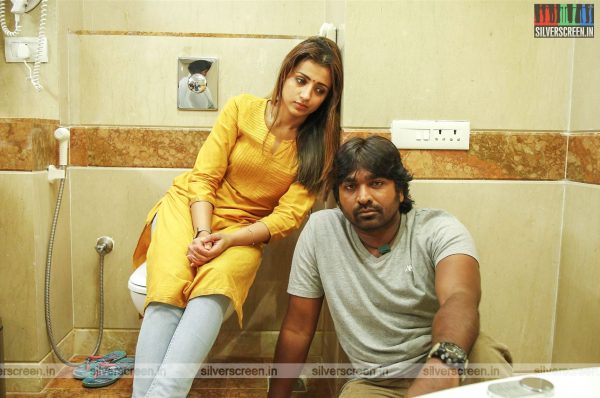
4. 96
96 has the distinction of being the second film (after Kaala) – and the only film to entirely base itself on a mature romance that transcends physicality. Here’s a couple with names to match, who evidently are in love that their hearts race at the sight of the other, and yet resign themselves into accepting that their destinies are not entwined. Featuring Vijay Sethupathi and Trisha in the lead, 96 had one of the most liberal – delightfully unconventional – portrayal of a woman wed. Ram and Jaanu – former high school sweethearts – attend a reunion at their school; while Jaanu seems to have moved on in life, Ram still lingers in their space – one which Jaanu had reluctantly vacated years back. Director Premkumar tests those powerful social and gender constructs; he inserts fleeting instances of intimacy that seem to skirt the borders of propriety, but doesn’t push hard. His frames are suffused with intense longing and desire, but the film as a whole is well devoid of any sexual tension. Vijay Sethupathi’s Ram, a loner and a man who remains single, is convenient characterisation. Any and all romance that 96 presents – which makes for a mostly pleasurable watch – is as much an effort of composer Govind Vasantha as that of director Prem Kumar.
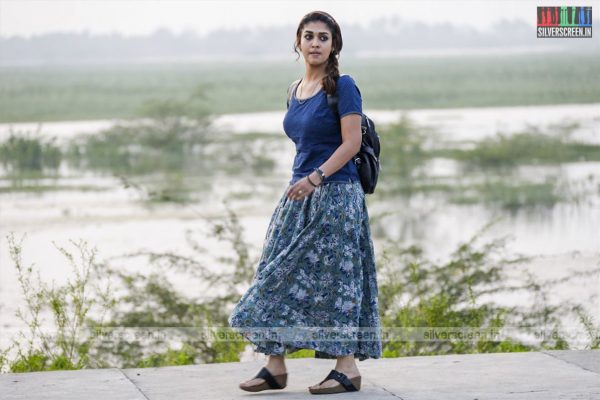
5. Kolamaavu Kokila
After Aramm in 2017, Nayanthara has a starring role in Kolamaavu Kokila in which she exudes power even when robed in an unfussy cotton skirt. Right away, director Nelson tells the audiences that Kokila isn’t someone to be cowed; she meets her manager’s inappropriate advances with wit, and rises up to provide for her family – by any means. Much of the film is a trek of her (mis)adventures as she metamorphoses from a regular young woman with career worries to a shrewd drug peddler who devises devious ways to sell her stuff, and bail her family out of a sticky financial situation. Saranya Ponvannan plays one of her memorable roles as a mother.
6. Merku Thodarchi Malai
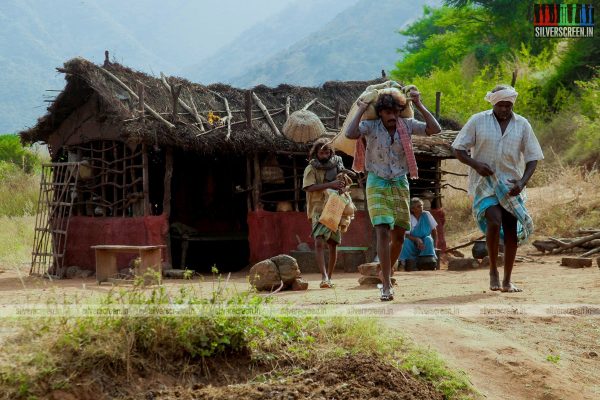
A film that certainly deserved a better opening, Merku Thodarchi Malai presented by Vijay Sethupathi is set along the slopes of the Western Ghats, and has a young man at the heart of the tale. The vast mountains form a natural part of MTM’s landscape, and often, the camera climbs up to offer a sweeping view of it. A commentary on the state of the landless labourers who work on plantations and sell cardamom for a living, it follows Antony as Rangasamy who dreams of owning a piece of land, overcomes several trials to buy one, and is eventually forced to sell it to repay debts.
The transformation of Rangasamy, from that of a gay young man to someone worn down by the realities of life is documented in the last frame of the film. Rangasamy sits idly, lifelessly beside a windmill which stands on the land he had previously owned. With music by Ilaiyaraaja.
7. Kanaa
Directed by debutant Arunraja Kamaraj, Kanaa seeks to question the rampant gender inequality all over, and especially in sport. Kamaraj plants a young girl who loves cricket, with an adoring, indulgent father, and a mother whose rigidity is largely influenced by the society, the norms of which – the spoken and the unspoken – she considers sacrosanct. Aishwarya Rajesh as Kousalya navigates these turbulent waters at home as she tries to play her favourite sport. Kanaa, set in the rural Kulithalai in Tamil Nadu, is as much an observation on the class markers and barriers that govern selection at the national level.
It also has another principal idea that it expands on – the agrarian crisis – and is often torn between the two themes. The character graph of Kousalya, introduced with some truly earnest scenes initially, doesn’t really evolve later. Sivakarthikeyan has his moment in the sun too. But for all its lapses, Kanaa has a message loud and clear: get your girls out immediately.
8. Maa
This short film by KM Sarjun has entered our list for its conceptual value. In an industry that largely avoids addressing inherently female events – natural and otherwise – Maa was radical in that it introduced a fifteen-year-old girl who finds herself pregnant after a consensual relationship with a classmate. Her mother, after some initial panic, decides to help her daughter in getting an abortion. While it is a significant film touching upon a subject that has only been dealt with outright dismissal and abject scorn for the exertion of choice, or skewed, toxic perspectives lent by filmmakers like AL Vijay, one does wonder if Sarjun would have presented it in a similar progressive and sensitive way if it had involved an adult woman deemed socially eligible for pregnancy.
9. Nadigaiyar Thilagam
Director Nag Ashwin tries to reconstruct the life of veteran actress Savithri for the big screen, and almost succeeds in this personal interpretation. He casts Keerthy Suresh who brings a certain exuberance to her performance that even when uncanny in many scenes, grates during the others. Ashwin envisions the actress as a gullible young woman in
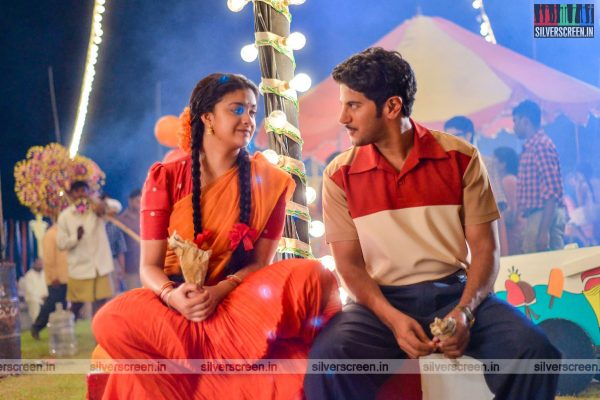
need of approval and a yearning for paternal love which she tries to partly fulfill through the relationship with Gemini Ganesan, a man who is twice her age and becomes an only too willing – and canny – conspirator.
Dulquer Salman charms as Gemini Ganesan who tries to win her over, but the 32-year-old father of two doesn’t quite make an appearance until later. The portions where Dulquer as Ganesan takes advantage of her naivete and presses her into submission sorely lack perspective and are smoothed over with declarations of love that the director seems to earnestly believe in. Their union is treated as a legitimate one painted in romantic colours, and as a relationship that just didn’t live out its potential. Nevertheless, the film’s stark portrayal of Savithri, her distress at being failed by the very man she believed was the means to an end, and the pitiful trajectory that her life eventually took makes for a poignant retelling of the story of a great actress. One does wonder if Savithri would have a different perspective on characterisations in Nadigaiyar Thilagam had she been alive.
*****


